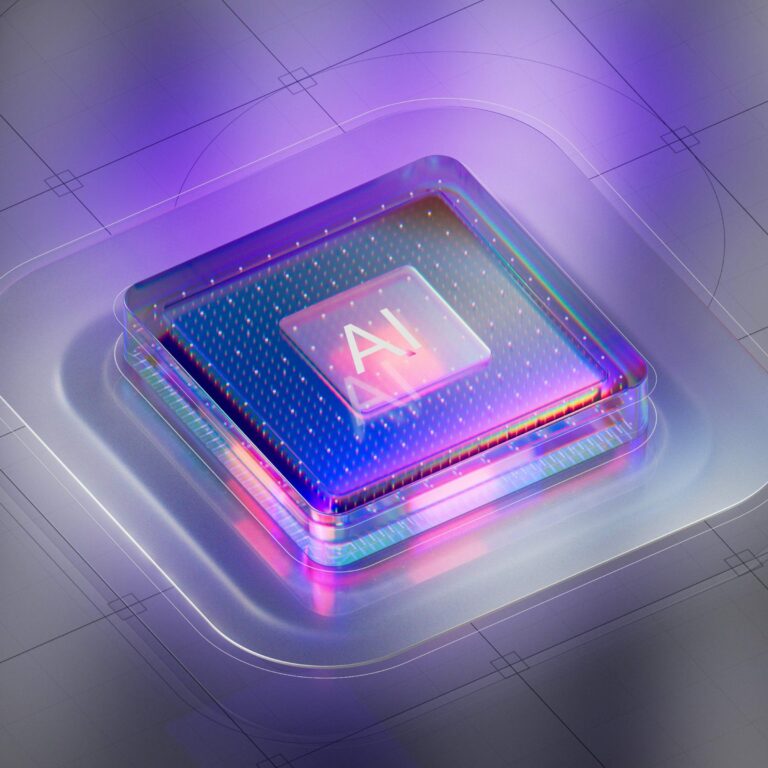Introduction: Matter as a Transformative Opportunity
The smart home industry is evolving rapidly, with interoperability often cited as a key barrier to adoption. Matter, as an open-source, royalty-free protocol, promises to simplify device integration across ecosystems like Google Home, Apple HomeKit, and Amazon Alexa.
For OEM manufacturers, this represents both a tremendous opportunity and a significant technical challenge. How can they build devices that comply with Matter standards while also navigating tight development cycles, complex supply chains, and varying platform requirements? Addressing these questions requires a holistic approach that spans design, development, testing, and production.
Challenges in OEM Matter Integration
1. Integration Complexity
Although Matter provides a unified protocol, OEM devices must still integrate multiple hardware components—microcontrollers, wireless modules, sensors—and firmware stacks in a cohesive manner. Ensuring reliable communication across diverse ecosystems adds layers of complexity, particularly when devices must operate in varied home environments.
2. Lengthy Certification Processes
Matter devices must meet not only FCC or CE regulations but also Matter-specific certification requirements. These approvals can take weeks or months. Without careful planning, certification delays can compromise product launch timelines.
3. Cross-Platform Compatibility
Devices must work consistently across multiple smart home platforms. Minor firmware discrepancies can lead to inconsistent user experiences or device failures. Achieving robust interoperability requires early and ongoing testing across ecosystems.
BOM Design & Hardware Architecture
Strategic Component Selection
A Matter-ready device begins with a carefully planned Bill of Materials (BOM). Selecting microcontrollers and wireless modules that support Matter SDKs, maintain low power consumption, and are widely available globally is crucial. Early supplier engagement helps secure critical components and avoid bottlenecks.
Modular Architecture
A modular hardware design allows for flexibility in firmware updates and future feature expansion. By designing adaptable boards and communication modules, OEMs can reduce iterations in later stages of development.
Performance vs. Cost
Balancing performance and cost is essential. Choosing components that provide sufficient processing power, memory, and radio performance without inflating the BOM enables scalable smart home device manufacturing.
Firmware Development & Testing
Parallel Development
Firmware teams work alongside hardware prototyping to accelerate development. Using Matter SDKs ensures consistent behavior across ecosystems, while automated testing scripts validate connectivity, sensor accuracy, and device responses.
Multi-Platform Simulation
Test benches simulate Google Home, Apple HomeKit, and Alexa environments concurrently, enabling engineers to detect integration issues early. This approach reduces post-launch troubleshooting and enhances user experience.
Continuous Verification
Automated interoperability tests are run throughout development to confirm firmware stability under real-world conditions, aligning with best practices in IoT product development.
Rapid Prototyping & Supply Chain Collaboration
Rapid Prototyping
3D-printed enclosures and fast-turn PCB fabrication allow functional prototypes within weeks. Engineers can validate sensor integration, wireless performance, and physical design before committing to final tooling.
Supply Chain Collaboration
Engaging suppliers early ensures component availability, prevents shortages, and aligns production timelines with development milestones. This proactive collaboration supports flexible production and mitigates schedule risks.
Parallel Certification & Flexible Production Lines
Concurrent Regulatory Testing
FCC, CE, and Matter certification tests are conducted in parallel wherever possible. This strategy reduces overall time to approval without compromising compliance.
Flexible Production
Production lines are configured to handle multiple device variants and minor hardware adjustments without halting manufacturing. Batch verification ensures quality is maintained even during rapid scaling.
Risk Mitigation
Parallel workflows, flexible manufacturing, and early component validation collectively minimize bottlenecks, enabling timely delivery of Matter-compliant devices.
QA & Reliability Testing
Functional Verification
Every feature, from connectivity to sensor performance, is rigorously tested. Devices are validated against Matter protocol requirements to ensure seamless operation.
Stress Testing
Temperature, humidity, and power-cycle tests simulate real-world conditions, confirming long-term reliability.
Interoperability Validation
Cross-platform behavior is checked across multiple versions of Google Home, Apple HomeKit, and Alexa. Any discrepancies are resolved before mass production, ensuring a consistent user experience.
Conclusion & Takeaways
Implementing Matter in OEM devices requires a coordinated strategy spanning hardware, firmware, testing, supply chain, and production processes. Key takeaways include:
- BOM Planning & Modular Hardware Architecture – enables flexibility and scalability.
- Early Firmware Integration & Multi-Platform Testing – ensures interoperability and reduces post-launch issues.
- Rapid Prototyping & Supply Chain Collaboration – accelerates development without compromising quality.
- Parallel Certification & Flexible Production Lines – mitigates schedule risks and maintains compliance.
- Rigorous QA & Reliability Testing – delivers robust, market-ready devices.
By adopting these strategies, OEM manufacturers can efficiently deploy Matter-compatible devices, reduce time-to-market, and provide consumers with reliable, interoperable smart home solutions. This approach exemplifies best practices in smart home device manufacturing and IoT product development.



